While Feral Druid has existed in World of Warcraft since the games inception, it has never quite been able to manifest itself in Hearthstone, but Lost in the Park is a major step to make it exist. Each step reward gives some much needed armor and card draw, allowing the player to clear threats on the board with ease, and the final reward is a great finisher for any deck that can chip the opponent down a little bit. However, is each threshold of attack needed to progress the questline too high given that there is not that many tools to give attack? It is time to do some math and figure that out!
Parameters for the Statistics
Before jumping into the breakdown, I would first like to give the conditions behind a lot of the calculations you will see in this article and almost all the future ones. In every scenario, I assume the player goes first and hard mulligans everything but the questline to find the key cards to accomplish the quest, and then prioritizes completing the questline with the hypothetical opponent not applying much pressure. In addition to that, unless a percentage is stated, assume that the given scenario will happen 50% of the time. With this out of the way, let us dive into this questline!
Decklist
Quest Completion Breakdown
In the deck, there are a total of 8 accelerants for the quest, these being Feral Rage, Moontouched Amulet, Pounce and Park Panther, in addition to just naturally using the hero power. Given that the first breakpoint we are trying to reach is 4 attack and both Feral Rage and Moontouched Amulet give that much, we have a 53% chance of finding at least one copy in the opening hand, with that number going up to around 75% by the time we can finally cast it. It is also rather easy to complete this step using the hero power twice and pounce, which we are likely to draw by turn 4. To put it simply, the first step is going to be done by turn 3-4 a majority of the time.
The next step gets a bit messier, with it requiring either an additional hero power for the latter spells, or a combination of both Park Panther and Pounce to complete the quest cleanly. If we are looking for either Feral Rage or Moontouched Amulet, we can expect to draw the other one by around turn 7. As for Park Panther or Pounce, we can expect to get at least 1 copy of both in our hand by turn 8, which is still a bit slower than other accelerants. In the worse case scenario, we can expect to draw either Park Panther or Pounce by turn 4, which would result in completing this step around turn 7 using either 2 hero powers or 3 hero powers. This means that on average, we can expect this step of the quest to be finished by turns 7 or 8.
Finally, we arrive at the last step, which requires 6 attack, meaning either 2 Park Panthers, or Pounce and Feral Rage or Moontouched Amulet complete it the cleanest. Finding both Park Panthers is the worst way of completing the last step, taking around 17 to 18 turns on average to draw both. The last step can also take a while depending on how many Feral Rage or Moontouched Amulets you have already played. If you have not played any, there is a 93% chance to have one by turn 8. Playing 1 copy also does not hurt the chances that much, still being a 65% chance to have either on turn 8. Unfortunately, playing 2 copies does affect the chances a ton, with there being around a 50% chance of having the third copy by turn 13. At this point, it becomes significantly more reasonable to just complete the quest with a mix of hero powers, Pounce, and Park Panthers, which means you can expect the final step to be done around turns 12 or 13.
Reward
Compared to the other classes, druid’s questline rewards seem a bit lackluster. The first step reward is just Iron Hide, the second step’s reward is Shield Block, both of which are a bit underwhelming for the currently somewhat steep completion requirements.That leaves us with Guff the Tough, which is a very good payoff to say the least. There's a solid chance that if you play a bunch of standard games you are either going to see Alexstrasza the Life-Binder or Illidari Inquisitor being used as 8 damage burst to finish off someone. Guff falls into the same massive burst damage, while also providing plenty of protection in case you just need a little bit more damage afterwards to finish the opponent off. Despite Guff being quite a strong finisher, there’s just a few pieces lacking to give it a consistent powerful showing. If it wasn’t clear enough during the questline step breakdown, there are simply not enough strong tools to speed up the questline, and the hero power certainly is not going to be putting much work in itself.
In addition to that, it is not quite clear where the quest should even be played. Primordial Druid certainly does not need a tool to deal 8 damage burst when pretty much everything else in the deck can deal just as much, if not more for significantly less investment, and in Token Druid you get the chip in with the tokens, but then spend turns completing steps instead of buffing the board. If the quest gets more toys to play with, it has a chance of being great but until then, it just seems too inconsistent and is lost in the rest of druid’s current gameplans.
What do all of you think about the Druid Questline? It certainly has a lot of potential, and it would not surprise me if it became much better as time goes on, but as of now it seems a bit lackluster. If you have any questions about the math behind any of the numbers shown in the article, let me know and I can explain it a bit further. Hope you enjoyed and I'll see you all in the next one!
Learn More About Stormwind's Other Questlines
We have a whole series of articles planned for the questlines. Here's everything published so far:
- Demon Hunter's Final Showdown Legendary Questline
- Druid's Lost in the Park Legendary Questline
- Hunter's Defend the Dwarven District Legendary Questline
- Mage's Sorcerer's Gambit Legendary Questline
- Paladin's Rise to the Occasion Legendary Questline
- Priest's Seek Guidance Legendary Questline
- Rogue's Find the Imposter Legendary Questline
- Shaman's Command the Elements Legendary Questline
- Warlock's The Demon Seed Legendary Questline
- Warrior's Raid the Docks Legendary Questline
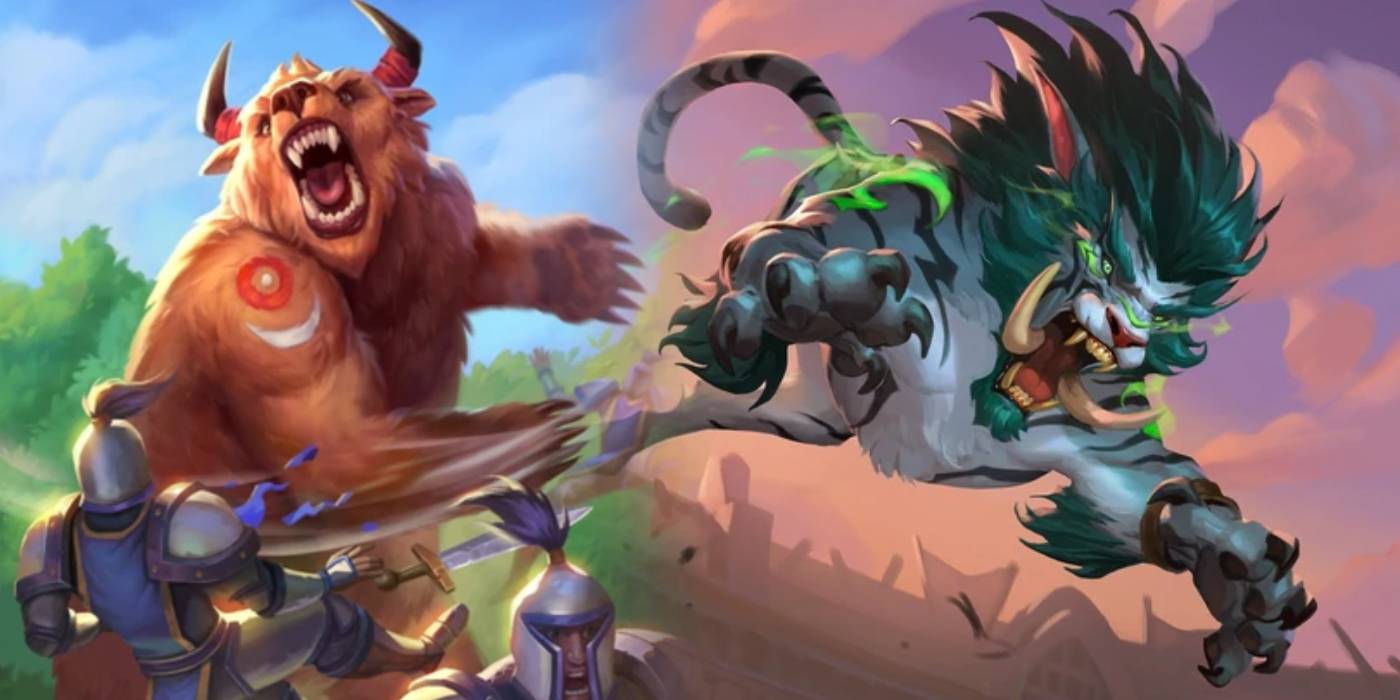
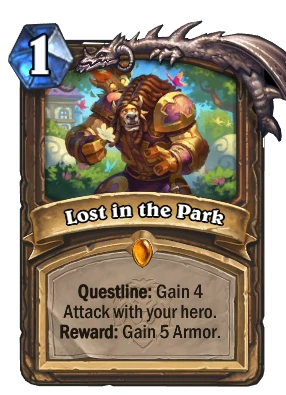

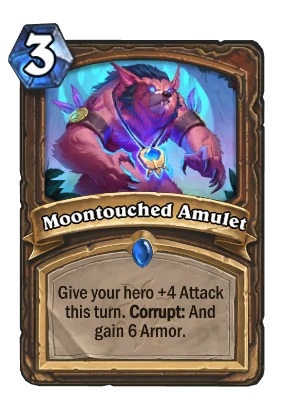
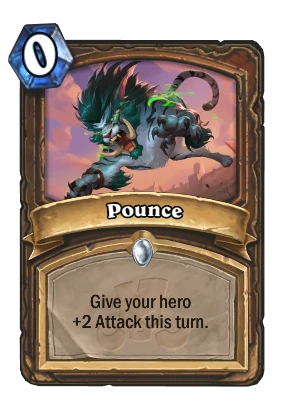
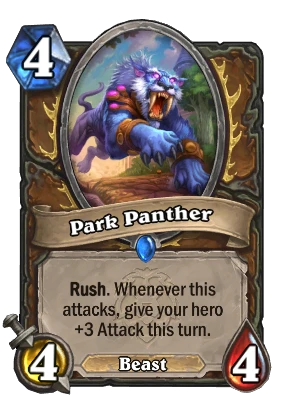
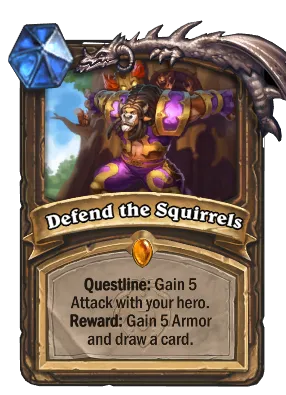
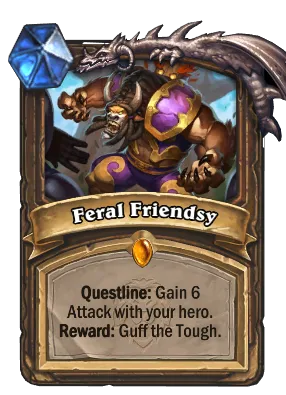
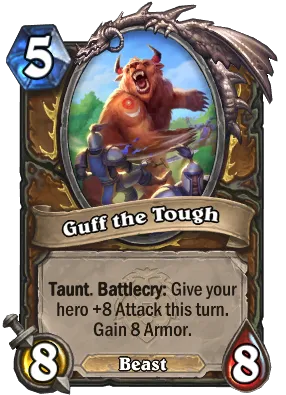
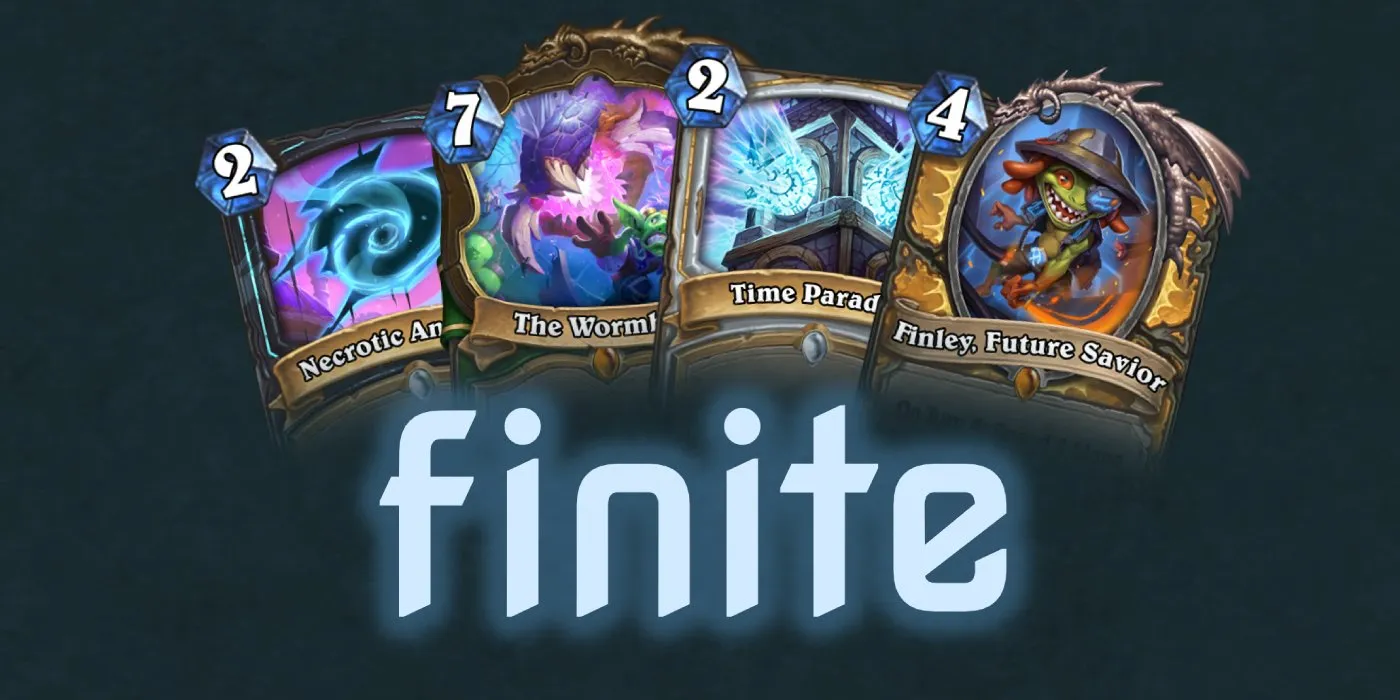
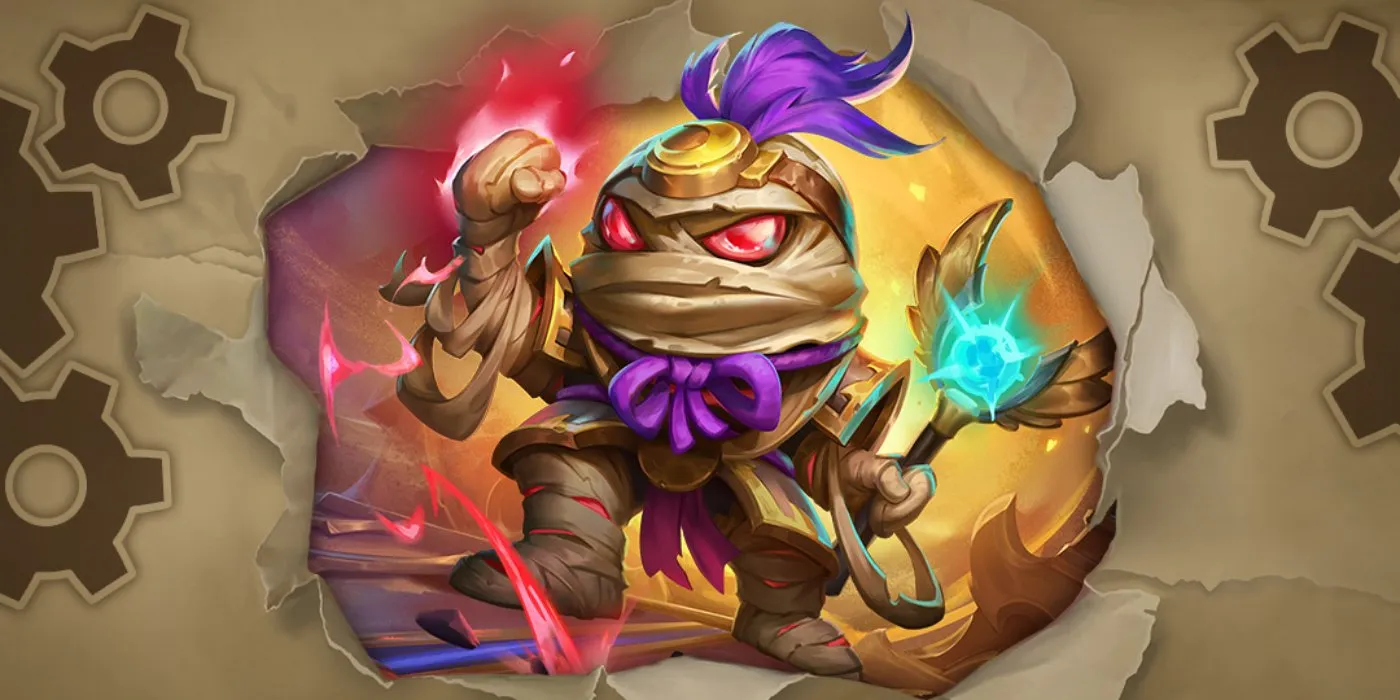
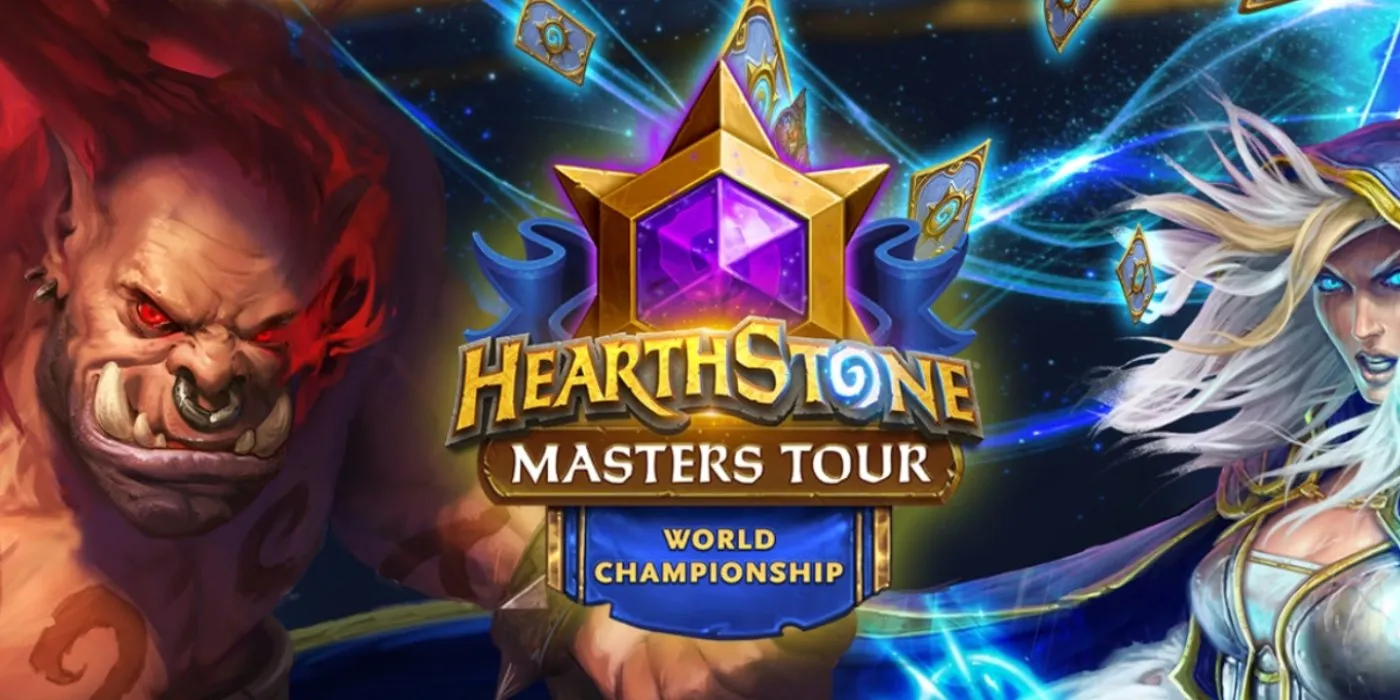
Comments
I mean I mostly play in wild mode and I only see the potential of this with Baku to complete the quest faster or playing Guff with Brann which is a bit slow I guess.
I do not wanna be so pessimistic but at the moment this can be the least powerful questline in the game. Hope devs will support it soon.
A lot of people are seeing the haves and not the have nots here. But I will point it out. Mage can tutor a specific spell demon hunter can reduce 4 cards cost, hunter can target minions with their hero people shaman can get rid of their overload. Druid gains 5 armor.
Not even discussing the final reward the difference is laughable.
Has there been confirmation that the 2nd step can really be done in pieces? The wording of the 1st and 3rd step "Gain X attack" seems like it can be done across multiple turns (similar to "Gain X armor" quests), but the wording of the 2nd step "Give your hero +5 attack" sounds like it will only trigger if you have "+5 attack" at a single point in time, rather than a smaller amount across multiple turns.
Thanks for bringing this to my attention! For whatever reason, in the database we had an older version of that step of the quest being shown instead of the most recent one, which is not only worded in the same way as the other steps, but is also now called "defend the squirrels" instead of "protect the squirrels". So to answer the question, the three steps work the same way, you can make incremental progress on your hero power.
I take it this does mean you need to gain the required attack at once, and hero powering each turn doesn't give you incremental progress to the stages, and it was shown in a stream.
Nope, you can hero power each turn to give incremental progress! The thing is just that I did not consider it most the time because for the required amounts of 4-5-6, relying on the hero power more than once is not only mana inefficient, but also slow enough to the point where by the time we would be able to finish each off the hero power, we would have already drawn into some of our attack buff cards.
That being said, there are scenarios where a combination of attack buffs from cards and from the hero power can be faster than just the cards alone. The best example of this is with the 5 attack breakpoint and [cardPark Panther. The ability to attack with the panther once then hero power twice over the next two turns is more reliable than stringing together 2 Pounce and a hero power.
Okay, just hero power each turn would be inefficient. Of course if that works, so would hero power one turn followed by Feral Rage the next. I initially thought it would be too hard to complete if you had to get up to the required attack in a single turn, but perhaps I didn't really look at the hero attack buff cards, and I certainly didn't attempt to calculate any probabilities, just guessed that it would be unlikely to be able to have the cards in hand to get +4 in one turn, followed by +5 in a reasonable timeframe, then +6.
Also searching Druid cards for the text "your hero" doesn't return Solar Eclipse, so I didn't think of that one, and how helpful it could be.
Loving your articles, Echo! Great food for thought, indeed. Looking forward to reading all the Quest lines.
I'm surprised nobody tried this with taunt druid. The new beast that copies itself is bonkers with taunt synergies. And also, that deck sometimes was missing two pieces: A big chunk of damage and draw. This quest gives the first, and the new deathrattle draw card gives the second.
and there are cards like Mark of the Spikeshell. this definitely sounds like a new flavor of taunt drood.
I actually made a list, check it out! https://outof.cards/hearthstone/decks/28512-theorycraft-taunt-in-the-park
I feel like you're doing yourself a disservice by trying to merge the Quest with a Token build. The Reward is clearly meant as a half-finisher (as in you can use it to pressure your opponent while shoring up defenses).
I also think that Mark of the Spikeshell will be a real gamechanger for this because you can double up on your Guff and roleplay as Demonhunter. Additionally Solar Eclipse has great synergy with attack buffs, armor stacking and ofc the aformentioned Mark (for even more Guffs).
Basically the Quest actually does give Midrange Beast Druid what it previously lacked: an actual finisher.
Now the real question is how to build a Midrange Quest deck and have enough gas to actually finish the quest in time. I wonder if it's viable to actually just run stuff like Thickhide Kodo to stall until your later power turns and have the armor do the heavy lifting. Maybe a taunt package in general will do the trick.
Wouldn't surprise me if there's a better build out there for this quest. I tend to avoid playing druid like the plague and so don't have a lot of experience building for it. The way I tackled it is to use Guff as a finisher for matchups where the opponent player just barely starts to stabilize and we need some way of getting back at them.
As for Mark of the Spikeshell, thats a pretty sick combo and could be interesting with Thickhide Kodo as you mentioned, or even stuff like Teacher's Pet if you were to take a more tried and true Guardian Animals build of the deck.
Midrange Beast Druid does sound pretty interesting, though I'd have to spend some time playing around with it since the aforementioned lack of playing druid. End of the day, the goal I want for this series is less "how good is this theorycraft I came up with" and more "how fast can we reasonably complete the questline with the provided tools".
This is not relevant to standard, but you can play it in wild odd druid where the hero power can provide a good amount of progress for this quest.
Absolutely! There is so much more tools in wild like Claw, Gnash, and even things like Savage Roar can help out a bit depending on what you make yoru deck like. The main reason I decided to stick with standard for this deck, as well as all future decks for this mini series, is because its a format I'm more experienced with and the smaller card pool does help quite a bit with deckbuilding.
To add onto that, most of the content that folks consume for new expansions is Standard so it makes sense to focus on it heavily.
That's not to say we shouldn't put out wild content, because its also important, but the "main" game for most players that are still playing constructed is going to be standard so its easier to talk with a larger audience.
Yeah I understand that, I don’t think wild will ever be very popular (although I did read it’s getting very popular in Asia), I’m just commenting an idea about this quest in case any wild players are reading, and are interested.
Great write up, but does Solar Eclipse on an attack buff affect the completion time, even though it might be less optimal to use it for those cards?